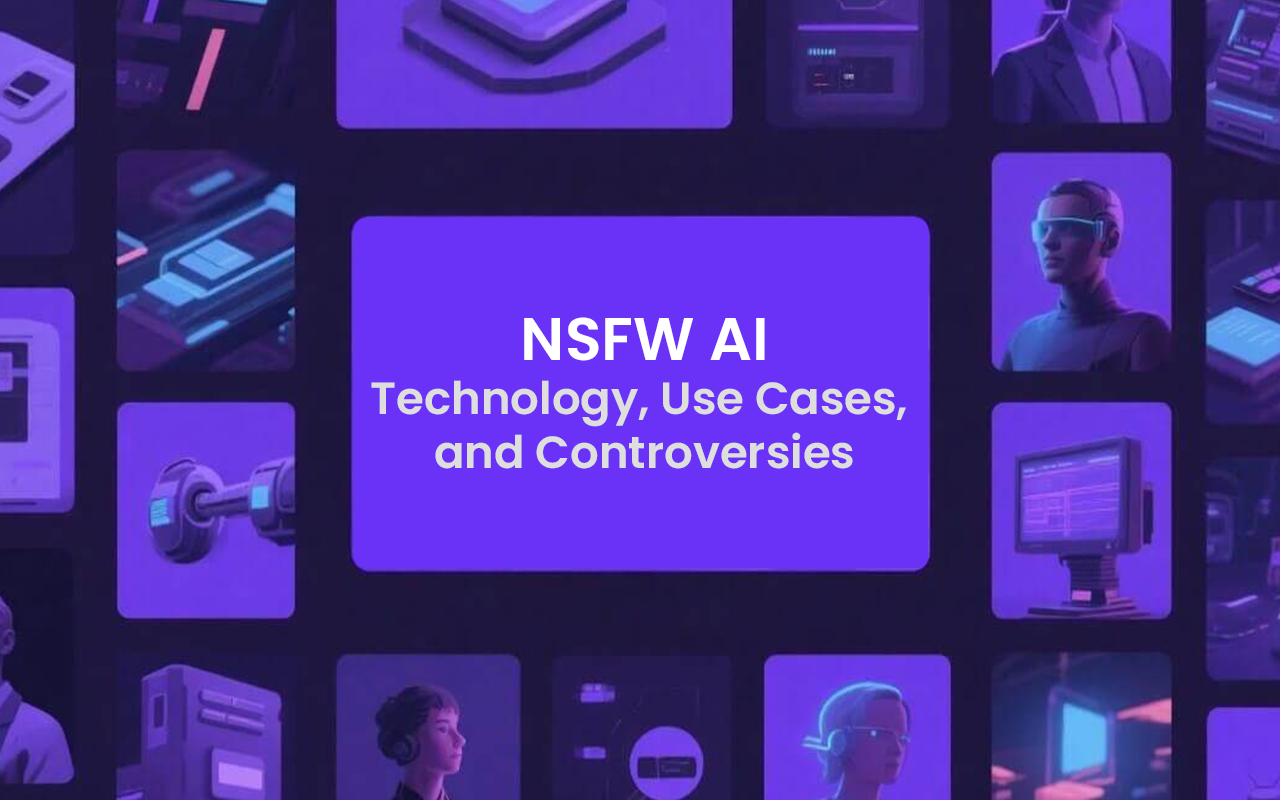Last updated: 12 September, 2025
In recent years, AI chatbots have evolved far beyond simple customer support tools. Today, they can simulate empathy, memory, humor, and even companionship — responding with tone, personality, and emotional nuance. From mental health assistants to personalized learning tutors and creative collaborators, conversational AI is rapidly becoming part of our daily lives.
But as these systems grow more human-like, a new challenge emerges:
Where do we draw the line between useful AI conversation and emotionally manipulative interaction?
This article explores the modern AI chatbot ecosystem — how it works, why people are drawn to digital companions, and the ethical, psychological, and governance questions that define its future.
The Evolution of AI Chatbots
1.1 From Scripts to Sentience (Almost)
Early chatbots like ELIZA (1960s) and ALICE (1990s) relied on rule-based responses. They mimicked conversation, but without understanding. Fast forward to the transformer revolution — powered by models like GPT, Claude, Gemini, and LLaMA — and chatbots can now reason, write, and simulate empathy in real-time.
1.2 The Rise of Emotional AI
Emotional AI combines natural language understanding (NLU) with affective computing — systems that analyze tone, sentiment, and context to tailor emotional responses. Companies now design chatbots that can:
- Offer therapeutic-style conversations
- Remember user preferences
- Adjust personalities dynamically
- Provide companionship and comfort
These features blur the line between tool and relationship.
The Psychology of AI Companionship
2.1 Why Humans Connect with Machines
Humans are social beings — we project emotions onto objects, from pets to avatars. AI chatbots exploit this instinct through:
- Anthropomorphism: Designing AI to seem human.
- Reciprocity: Chatbots that remember and care.
- Availability: Unlike humans, AI companions are always there.
For many users, these systems offer a sense of connection, safety, or emotional outlet — especially during loneliness or stress.
2.2 The Paradox of Artificial Empathy
While AI can simulate empathy, it doesn't feel. This creates what some researchers call the empathy gap:
The AI understands emotions statistically, not experientially.
This gap can cause psychological confusion, particularly when users form deep emotional attachments to systems that cannot reciprocate authentically.
Ethical Boundaries and Design Challenges
3.1 Consent, Transparency, and Emotional Safety
AI designers must ensure users understand that:
- They're talking to a machine, not a person.
- The AI's responses are generated, not felt.
- Data is stored and analyzed, not forgotten.
Clear boundaries protect users from emotional manipulation and data misuse.
3.2 Moderation and Content Controls
As chatbots become more expressive, they risk generating unsafe, manipulative, or explicit responses. To counter this, major AI platforms employ:
- RLHF (Reinforcement Learning from Human Feedback)
- Rule-based safety layers
- Continuous content moderation and red-teaming
Balancing freedom of expression with responsible interaction is one of the biggest design challenges in the chatbot industry.
The Business of Digital Companionship
4.1 Monetizing Intimacy
Several startups now offer AI companions with subscription models — promising "personalized emotional support" or "friendship on demand." While these can aid mental wellness and reduce isolation, they also raise critical questions:
- Should emotional connection be monetized?
- What happens when users become dependent on AI companionship?
- Who owns the emotional data generated through these chats?
4.2 Data Privacy and Digital Trust
Chatbots record massive amounts of personal and psychological data. If misused, this information could be exploited for manipulation, advertising, or profiling. Data governance, encryption, and user consent transparency are essential safeguards for the next generation of chatbots.
AI Safety and Governance in Conversational Systems
5.1 The Role of AI Policy and Oversight
Regulatory bodies like the EU AI Act (2024) and U.S. AI Executive Order (2023) are beginning to define:
- What counts as a high-risk AI system
- How to audit and document chatbot behavior
- Rules for synthetic relationships and emotional influence
Ethical AI labs (like OpenAI, Anthropic, and Google DeepMind) are leading research on alignment, interpretability, and red-teaming to prevent harmful chatbot behavior.
5.2 Human-in-the-Loop Systems
No chatbot should operate without human oversight. Developers must implement:
- Continuous review of generated content
- User reporting and transparency mechanisms
- Ethical review boards for conversational AI deployment
Philosophical Questions: What Is a Relationship with AI?
6.1 Authenticity vs Simulation
If an AI says "I understand you" — and you feel understood — does it matter that it's not real empathy? For some, yes. For others, the comfort is enough. This dilemma parallels ancient philosophical questions about illusion vs. meaning — whether authenticity is less important than perceived emotional support.
6.2 Dependency and Identity
As chatbots grow more personalized, users may begin to shape their identities around AI interactions. Healthy use requires maintaining self-awareness, understanding boundaries, and ensuring human relationships remain primary.
The Future: Responsible Digital Companionship
A responsible future for AI companionship involves:
| Principle | Description |
|---|---|
| Transparency | Clear disclosure of AI identity and data use |
| Emotional Safety | Avoiding manipulation or over-dependence |
| Ethical Design | Prioritizing user well-being over profit |
| Privacy by Design | Protecting user data and emotional content |
| Human Oversight | Regular audits and moderation systems |
These principles ensure conversational AI remains helpful, honest, and harmless — the "3H" framework guiding safe deployment.
Conclusion: Human Values in Digital Relationships
AI chatbots are not just interfaces — they're mirrors. They reflect our needs, emotions, and aspirations. As they grow more lifelike, they challenge us to define what we value most in relationships: authenticity, empathy, or connection.
If built ethically, conversational AI can empower mental wellness, inclusivity, and creativity. If built irresponsibly, it risks exploitation, manipulation, and emotional harm.
The future of AI companionship depends not on technology alone — but on our shared commitment to safety, empathy, and human dignity.
"AI should enhance our humanity, not replace it."

